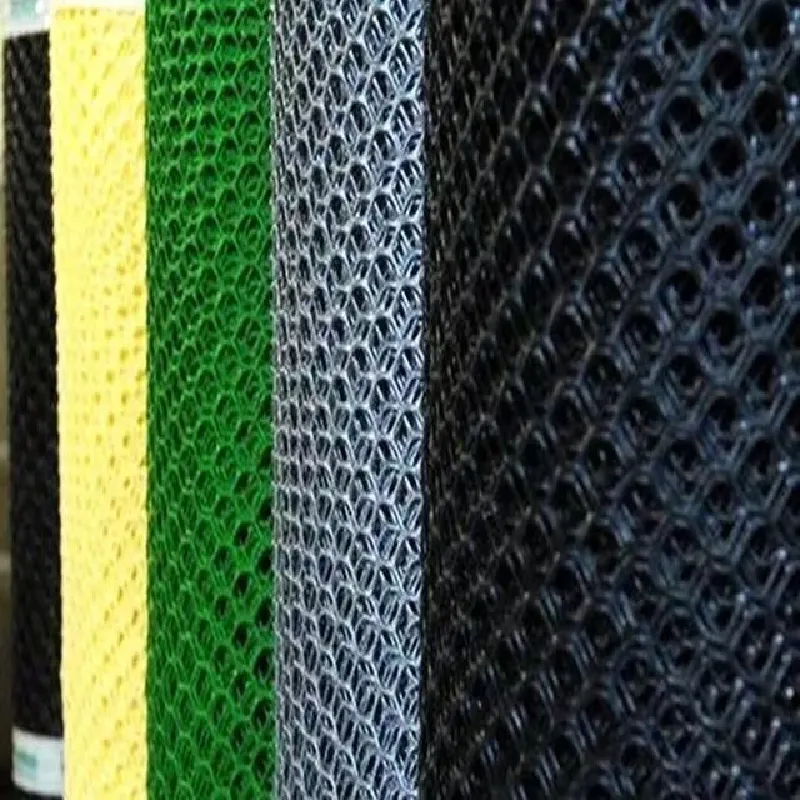-
 Afrikaans
Afrikaans -
 Albanian
Albanian -
 Amharic
Amharic -
 Arabic
Arabic -
 Armenian
Armenian -
 Azerbaijani
Azerbaijani -
 Basque
Basque -
 Belarusian
Belarusian -
 Bengali
Bengali -
 Bosnian
Bosnian -
 Bulgarian
Bulgarian -
 Catalan
Catalan -
 Cebuano
Cebuano -
 China
China -
 Corsican
Corsican -
 Croatian
Croatian -
 Czech
Czech -
 Danish
Danish -
 Dutch
Dutch -
 English
English -
 Esperanto
Esperanto -
 Estonian
Estonian -
 Finnish
Finnish -
 French
French -
 Frisian
Frisian -
 Galician
Galician -
 Georgian
Georgian -
 German
German -
 Greek
Greek -
 Gujarati
Gujarati -
 Haitian Creole
Haitian Creole -
 hausa
hausa -
 hawaiian
hawaiian -
 Hebrew
Hebrew -
 Hindi
Hindi -
 Miao
Miao -
 Hungarian
Hungarian -
 Icelandic
Icelandic -
 igbo
igbo -
 Indonesian
Indonesian -
 irish
irish -
 Italian
Italian -
 Japanese
Japanese -
 Javanese
Javanese -
 Kannada
Kannada -
 kazakh
kazakh -
 Khmer
Khmer -
 Rwandese
Rwandese -
 Korean
Korean -
 Kurdish
Kurdish -
 Kyrgyz
Kyrgyz -
 Lao
Lao -
 Latin
Latin -
 Latvian
Latvian -
 Lithuanian
Lithuanian -
 Luxembourgish
Luxembourgish -
 Macedonian
Macedonian -
 Malgashi
Malgashi -
 Malay
Malay -
 Malayalam
Malayalam -
 Maltese
Maltese -
 Maori
Maori -
 Marathi
Marathi -
 Mongolian
Mongolian -
 Myanmar
Myanmar -
 Nepali
Nepali -
 Norwegian
Norwegian -
 Norwegian
Norwegian -
 Occitan
Occitan -
 Pashto
Pashto -
 Persian
Persian -
 Polish
Polish -
 Portuguese
Portuguese -
 Punjabi
Punjabi -
 Romanian
Romanian -
 Russian
Russian -
 Samoan
Samoan -
 Scottish Gaelic
Scottish Gaelic -
 Serbian
Serbian -
 Sesotho
Sesotho -
 Shona
Shona -
 Sindhi
Sindhi -
 Sinhala
Sinhala -
 Slovak
Slovak -
 Slovenian
Slovenian -
 Somali
Somali -
 Spanish
Spanish -
 Sundanese
Sundanese -
 Swahili
Swahili -
 Swedish
Swedish -
 Tagalog
Tagalog -
 Tajik
Tajik -
 Tamil
Tamil -
 Tatar
Tatar -
 Telugu
Telugu -
 Thai
Thai -
 Turkish
Turkish -
 Turkmen
Turkmen -
 Ukrainian
Ukrainian -
 Urdu
Urdu -
 Uighur
Uighur -
 Uzbek
Uzbek -
 Vietnamese
Vietnamese -
 Welsh
Welsh -
 Bantu
Bantu -
 Yiddish
Yiddish -
 Yoruba
Yoruba -
 Zulu
Zulu
coconut fall protection net
The Importance of Coconut Fall Protection Nets
Coconuts are a tropical wonder, known for their versatility and a variety of uses, ranging from culinary delights to health products. However, the cultivation of coconut palms certainly comes with its set of challenges, and one of the most pressing concerns is the risk of falling coconuts. These seemingly harmless fruits can pose serious dangers to individuals working or visiting coconut plantations, leading to injuries or even fatalities. This is where coconut fall protection nets come into play, serving as a critical safety measure for workers and bystanders alike.
Understanding the Risks
Coconuts grow high on tall palms, often reaching heights of 30 feet or more. The center of gravity shifts in these fruits, making them susceptible to falling, especially during strong winds or adverse weather conditions. According to statistics, falling coconuts have been attributed to numerous injuries globally, leading to heightened concerns in coconut plantations. With humans frequently found beneath these trees, the potential for accidents is alarmingly high.
The Role of Coconut Fall Protection Nets
Coconut fall protection nets are specially designed safety nets that are strategically installed around the base of coconut palms. Their primary purpose is to cushion and catch falling coconuts, minimizing the risk of injuries to workers and bystanders. These nets are made from durable materials that can withstand the weight and force of falling coconuts, ensuring that any mishaps do not lead to serious injuries or fatalities.
The design of these nets varies, with options available that cater to different types of plantations and operational needs. Typically, they are constructed from high-density polyethylene or other resilient fibers to provide maximum strength and longevity. Additionally, the installation process is relatively simple, allowing plantation owners to implement safety measures without significant downtime or disruption to their operations.
Benefits of Utilizing Coconut Fall Protection Nets
coconut fall protection net

1. Enhanced Safety The primary benefit is the increased safety for workers. By catching fallen coconuts before they hit the ground, these nets significantly reduce the likelihood of injuries, which can be life-altering.
2. Cost-Effective Solution Preventing accidents not only saves lives but also reduces the financial burden on plantation owners. Costs associated with medical care, potential lawsuits, and insurance premiums can be substantially reduced when risks are mitigated.
3. Peace of Mind Workers can feel more secure knowing that safety measures are in place. This can improve morale and increase productivity, as employees are likely to work more efficiently when they do not have to worry about unexpected dangers.
4. Environmental Considerations Many coconut fall protection nets are made from environmentally friendly materials, helping to support sustainable practices within the agriculture sector.
5. Long-Term Investment While there is an initial cost associated with purchasing and installing these nets, they represent a long-term investment into the health and safety of the workforce and can extend the life cycle of the coconut palms by reducing damage caused by fallen fruits.
Conclusion
Coconut fall protection nets are a vital component of modern coconut cultivation operations. By employing such safety measures, plantation owners can ensure the welfare of their workers and reduce the risks associated with falling coconuts. The utilization of these nets not only protects human life but also contributes to a more efficient and sustainable agricultural practice. As the global demand for coconuts continues to rise, so too should the commitment to safety and innovation in the industry. Investing in coconut fall protection nets is an essential step towards creating a safer environment for those who work in one of the world’s most important agricultural sectors. Thus, in the pursuit of safe and productive coconut plantations, these nets stand as a testament to the proactive measures that can be taken to safeguard lives.
-
Shipping Plastic Bags for Every NeedNewsJul.24,2025
-
Safety Netting: Your Shield in ConstructionNewsJul.24,2025
-
Plastic Mesh Netting for Everyday UseNewsJul.24,2025
-
Nylon Netting for Every UseNewsJul.24,2025
-
Mesh Breeder Box for Fish TanksNewsJul.24,2025
-
Expanded Steel Mesh Offers Durable VersatilityNewsJul.24,2025











